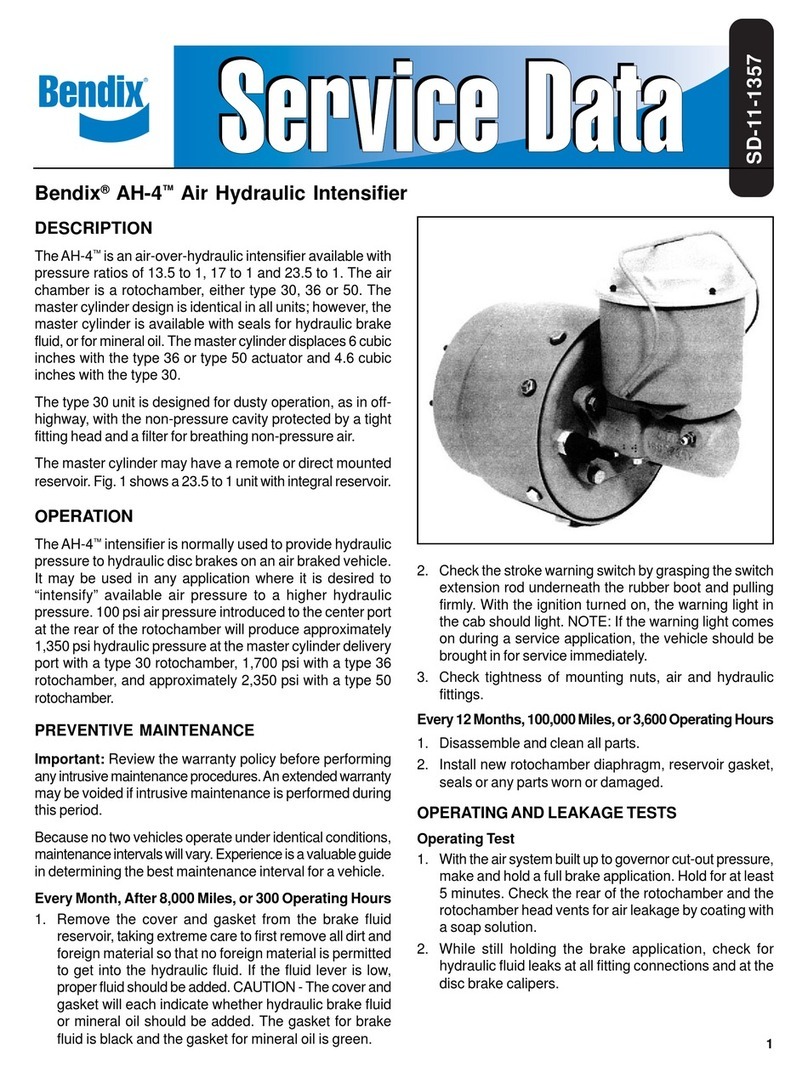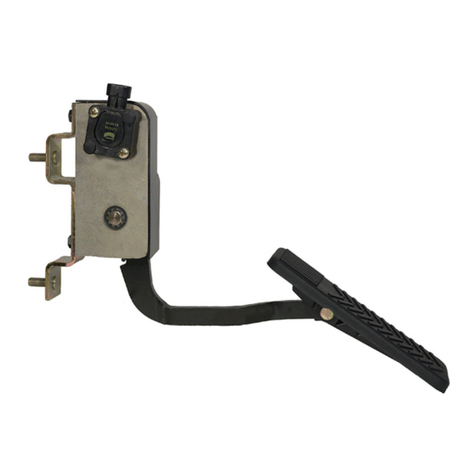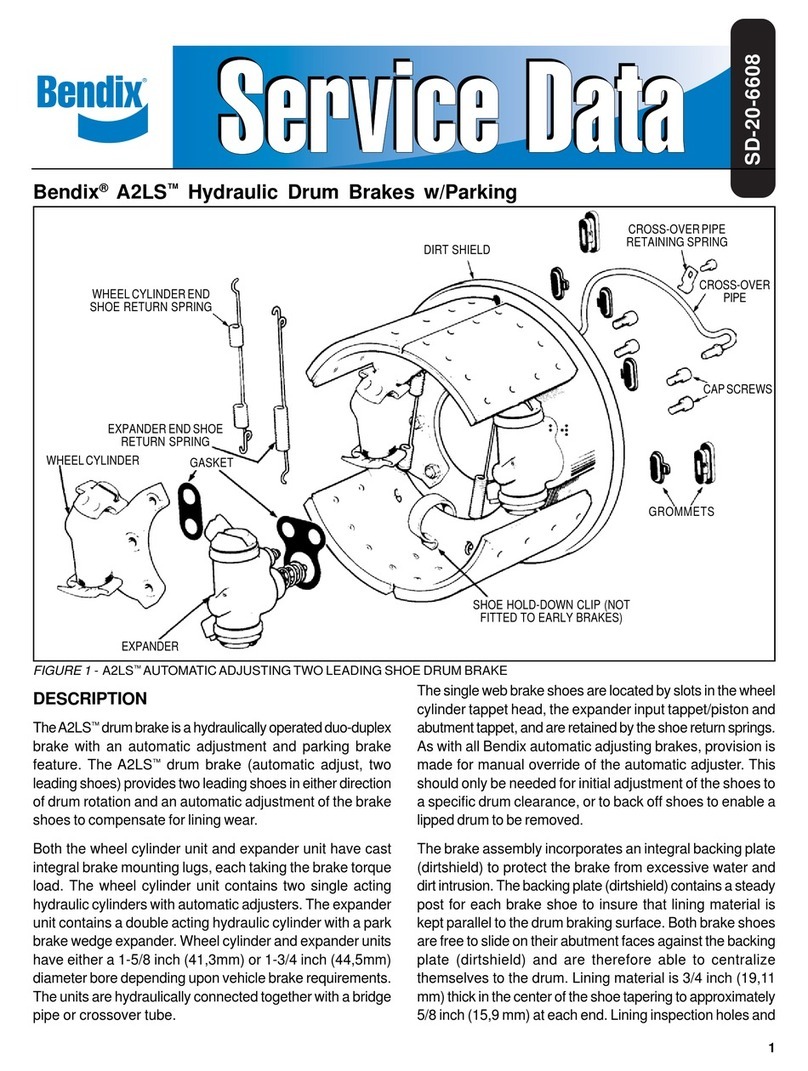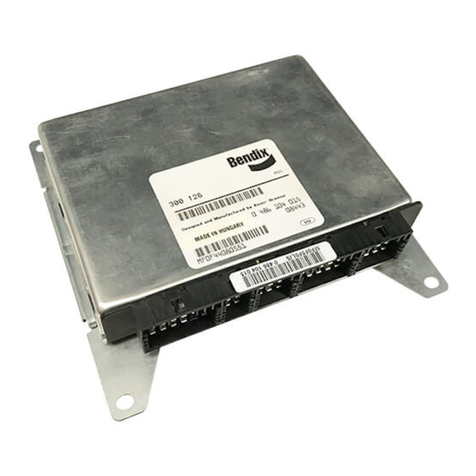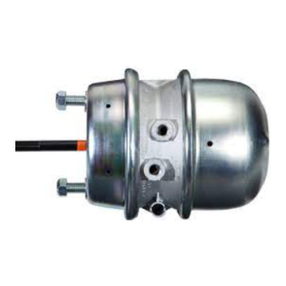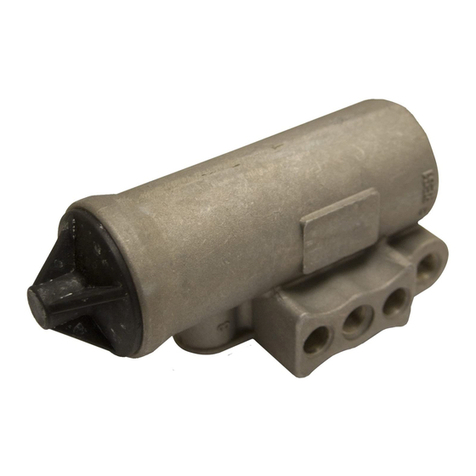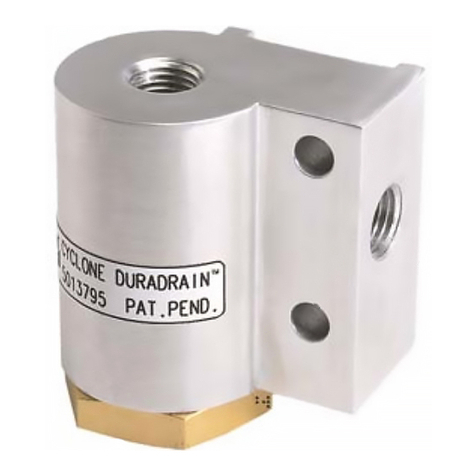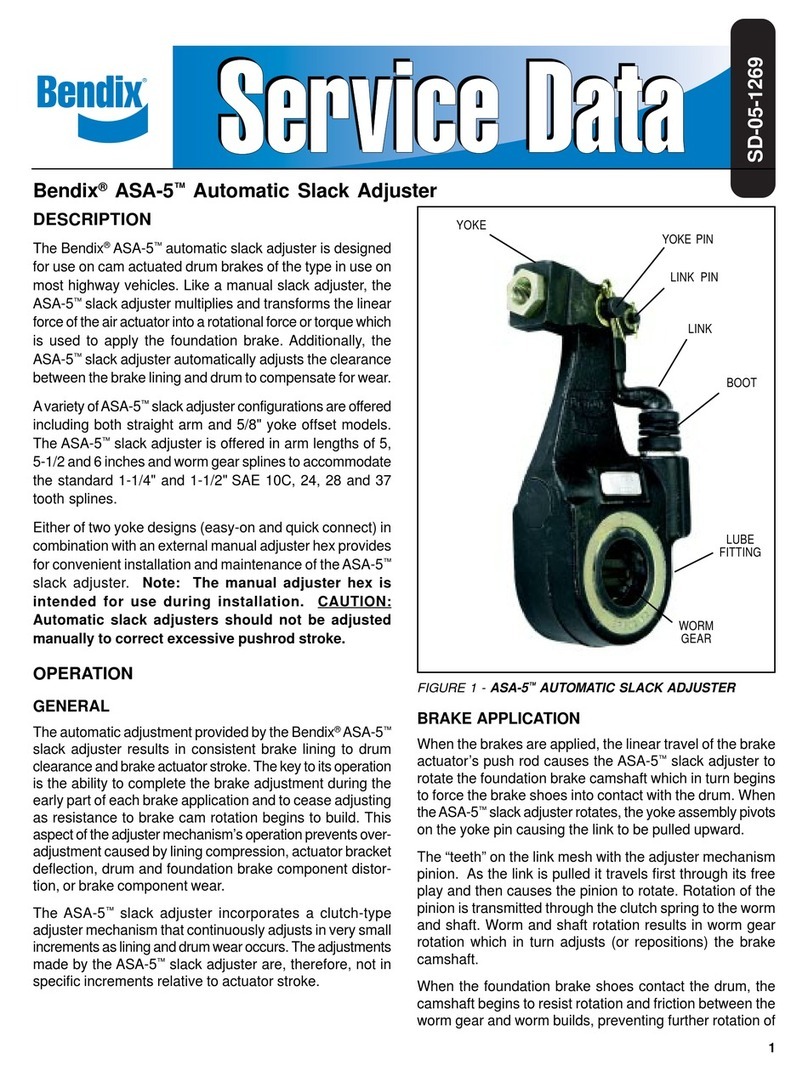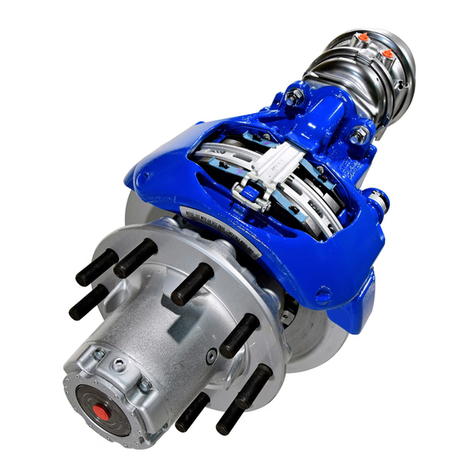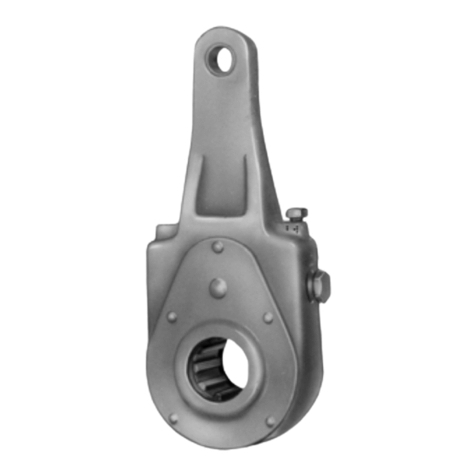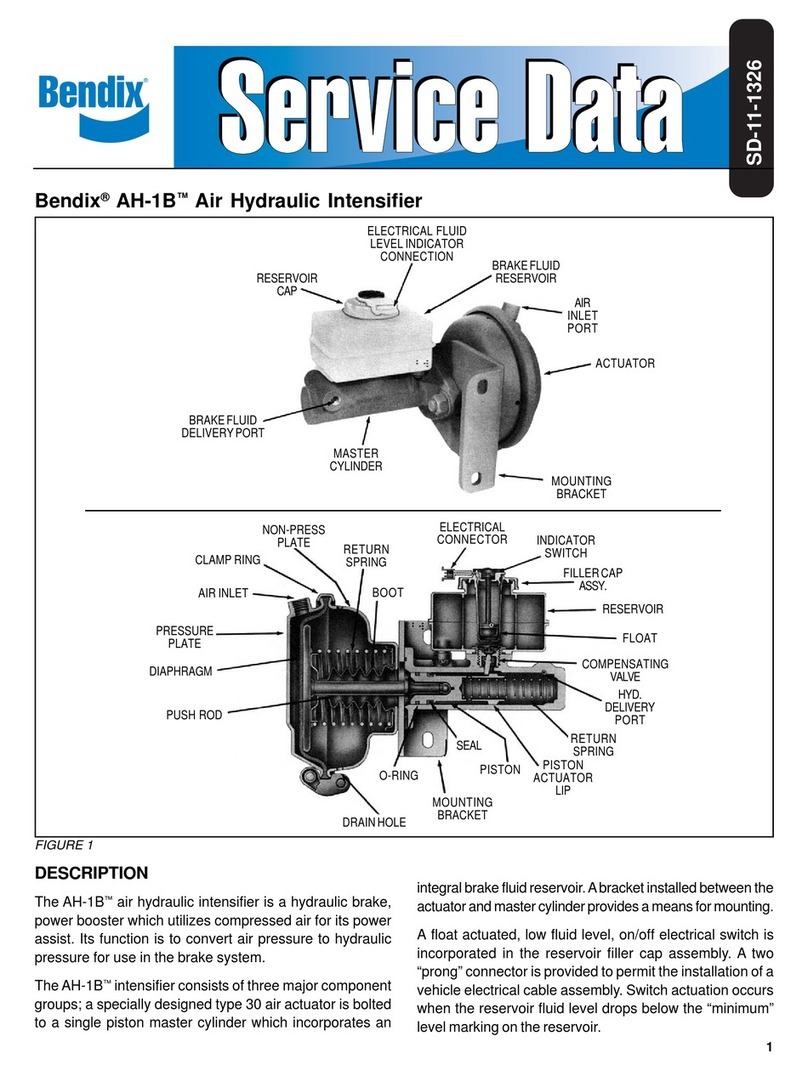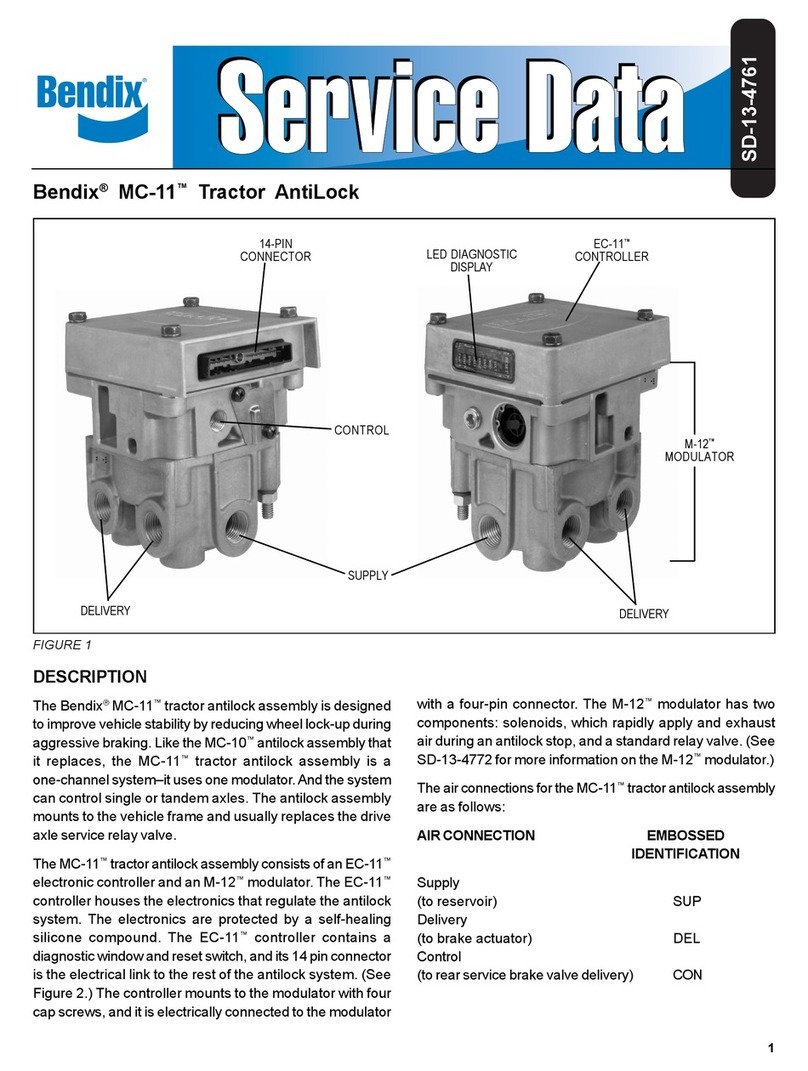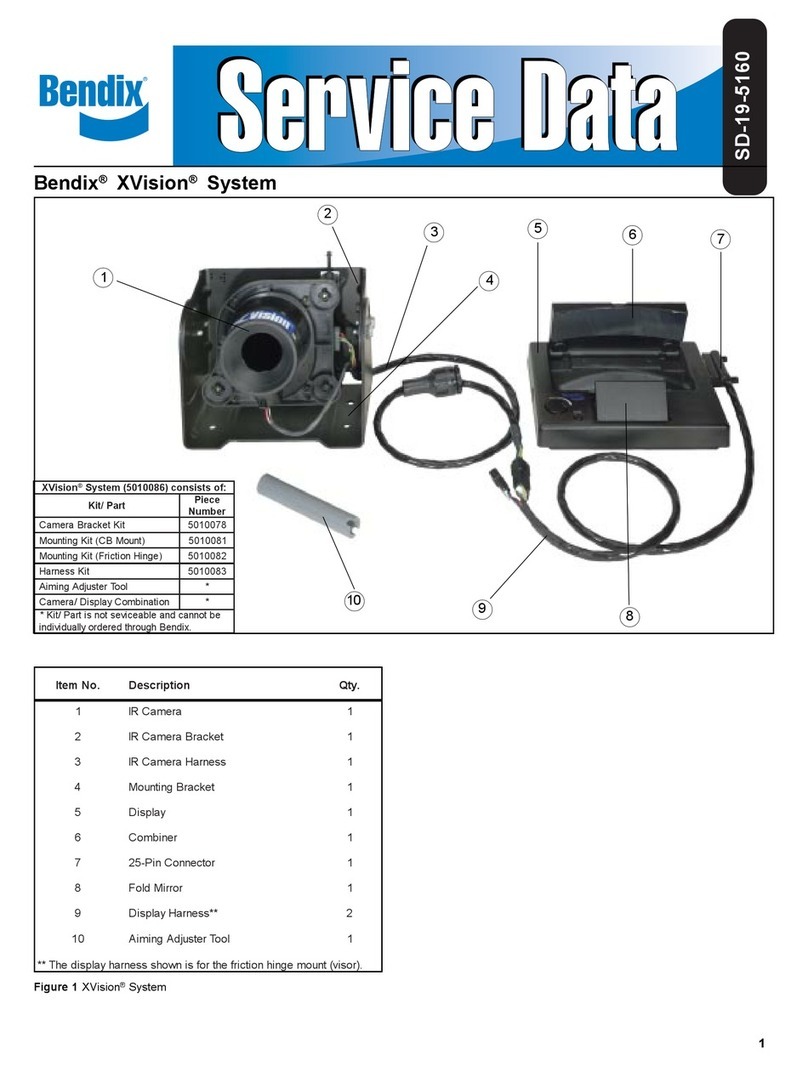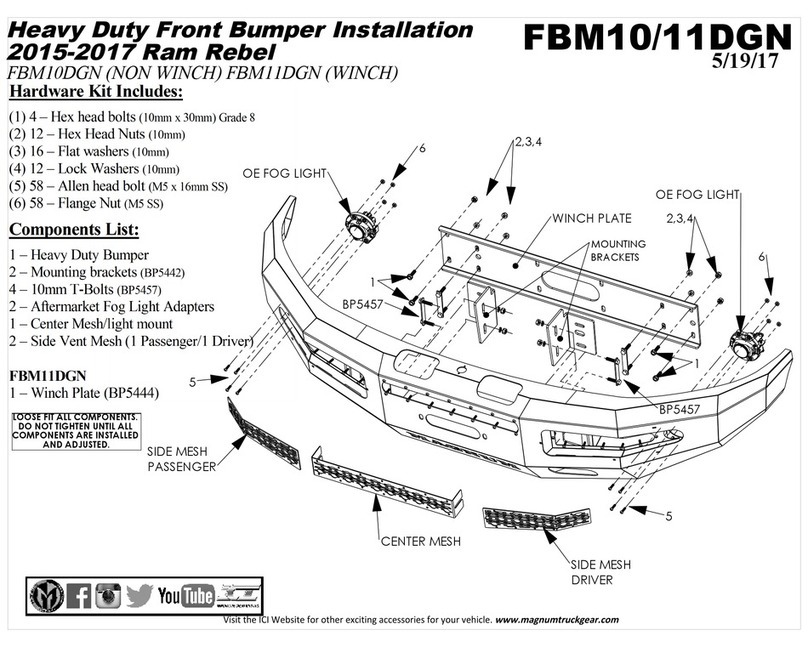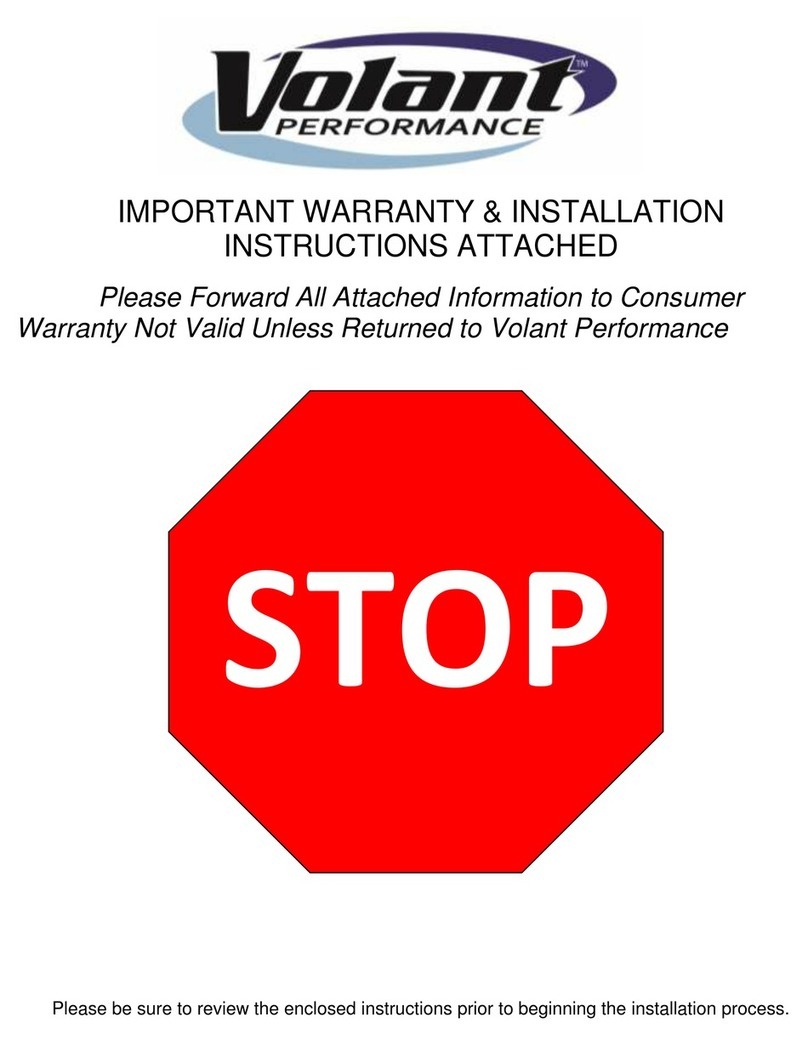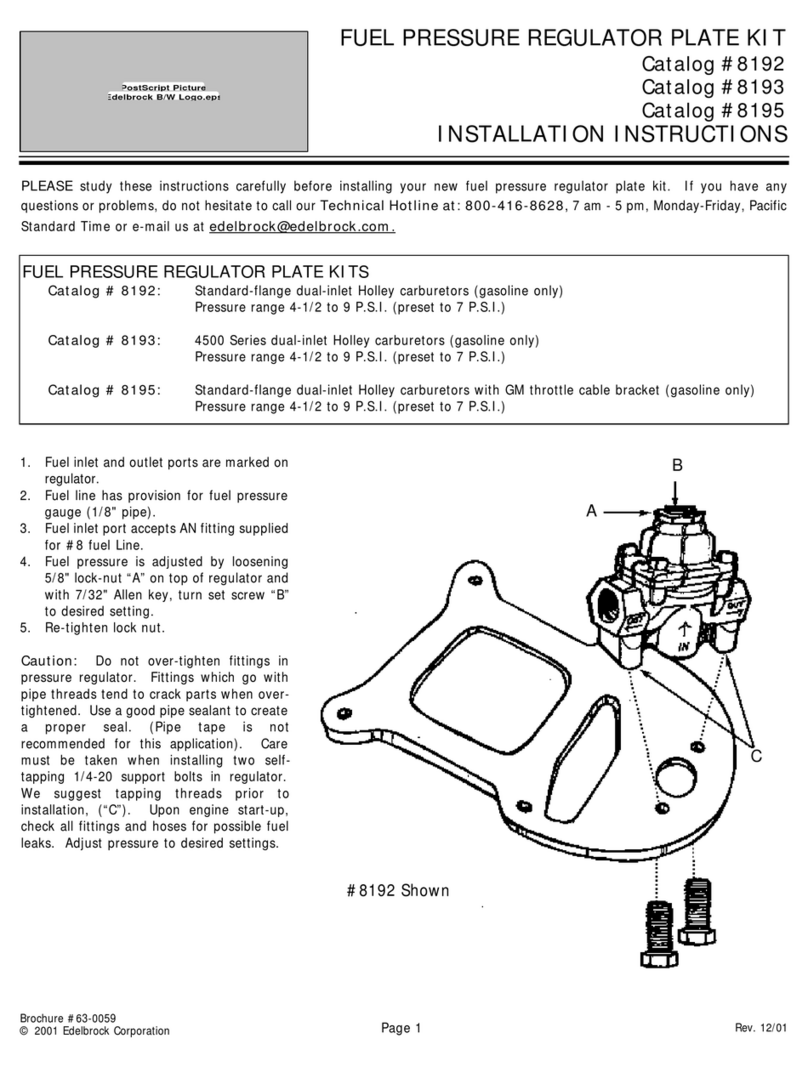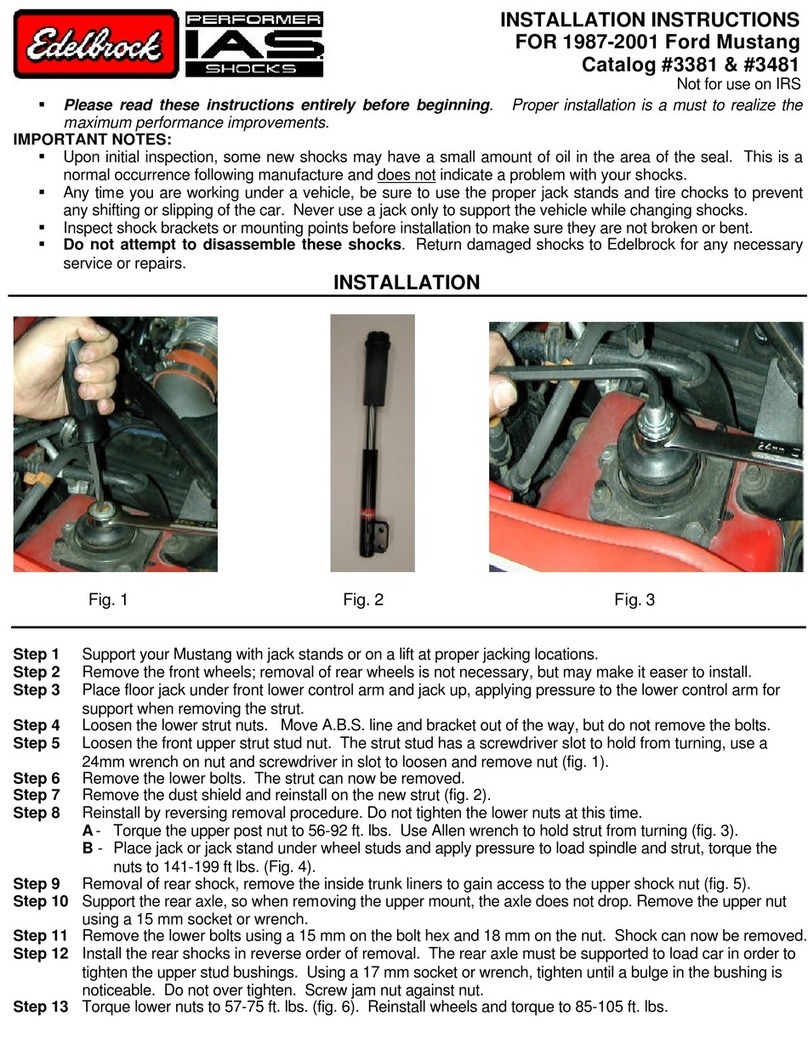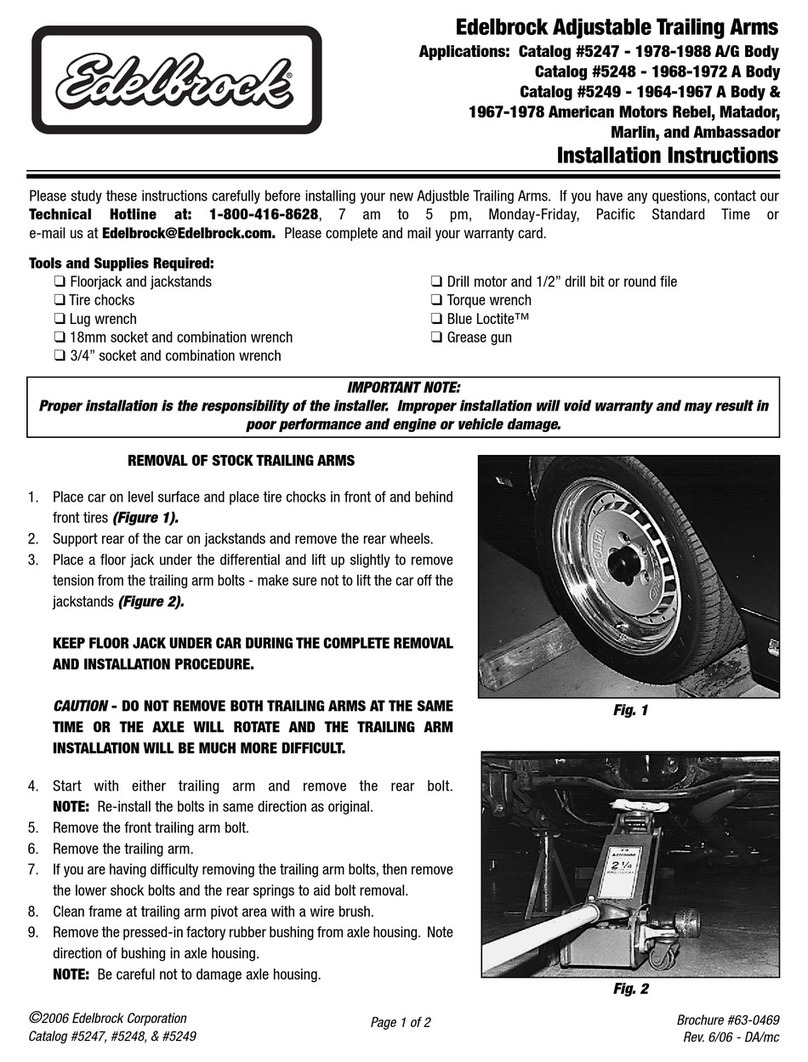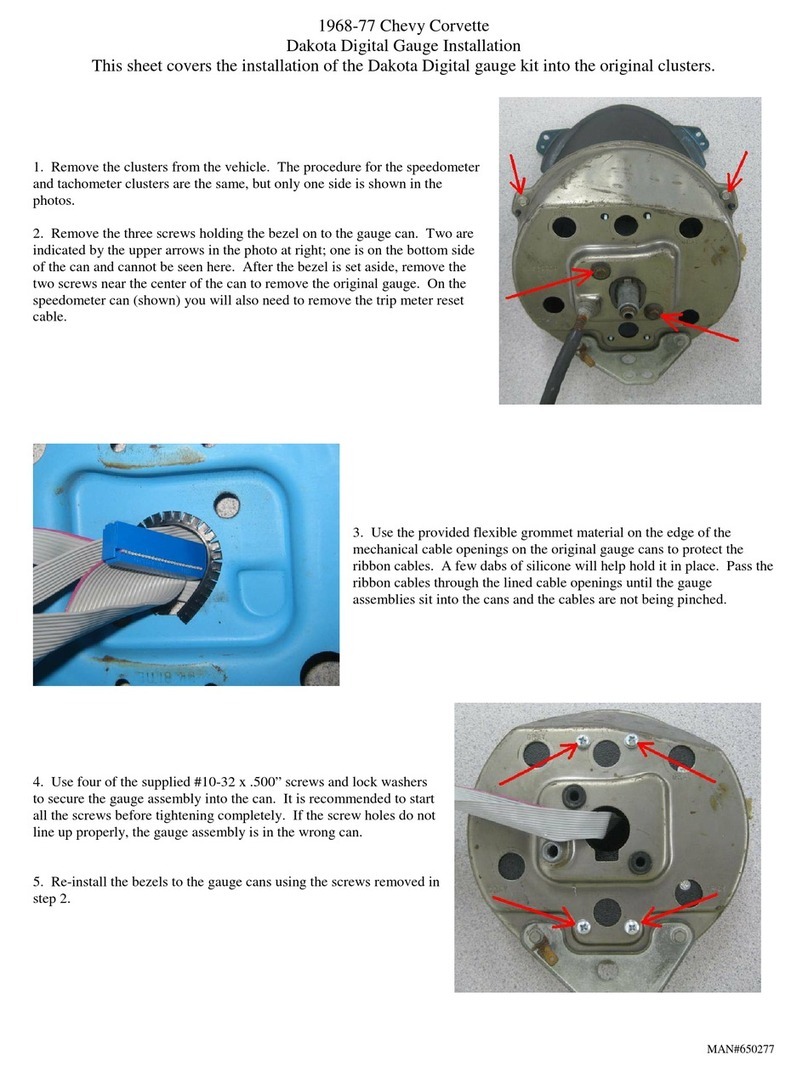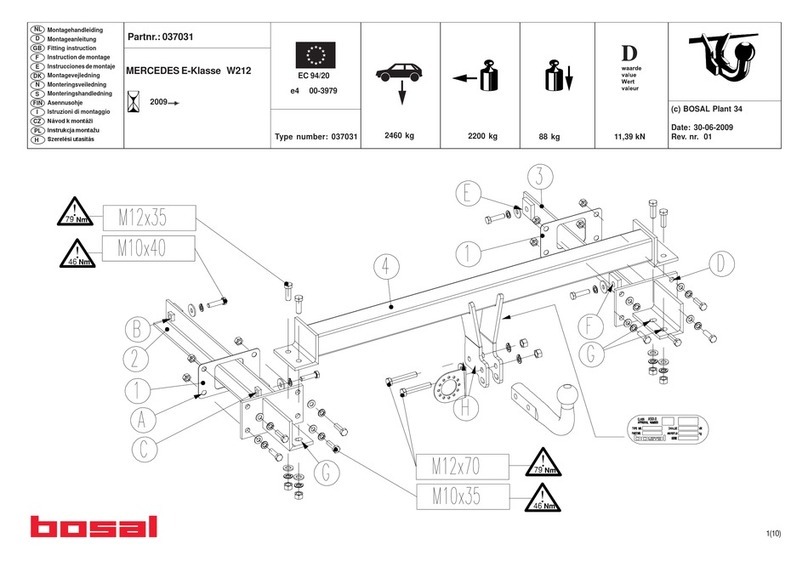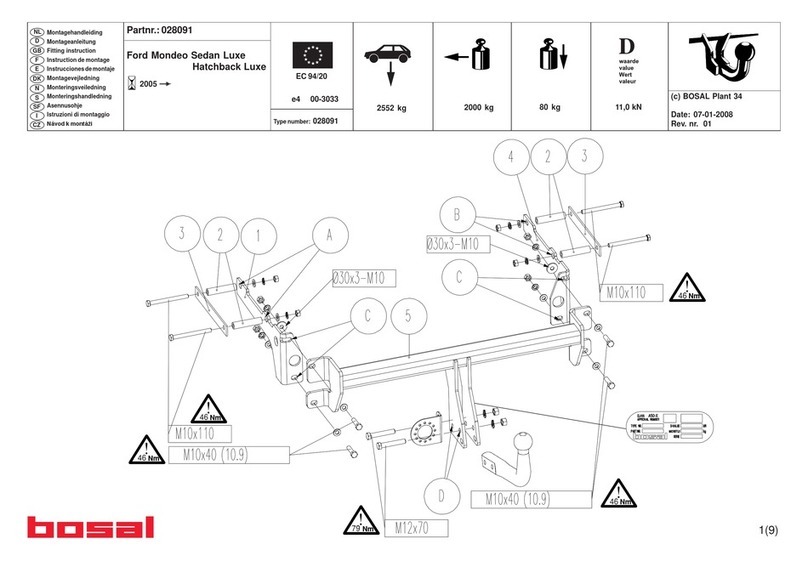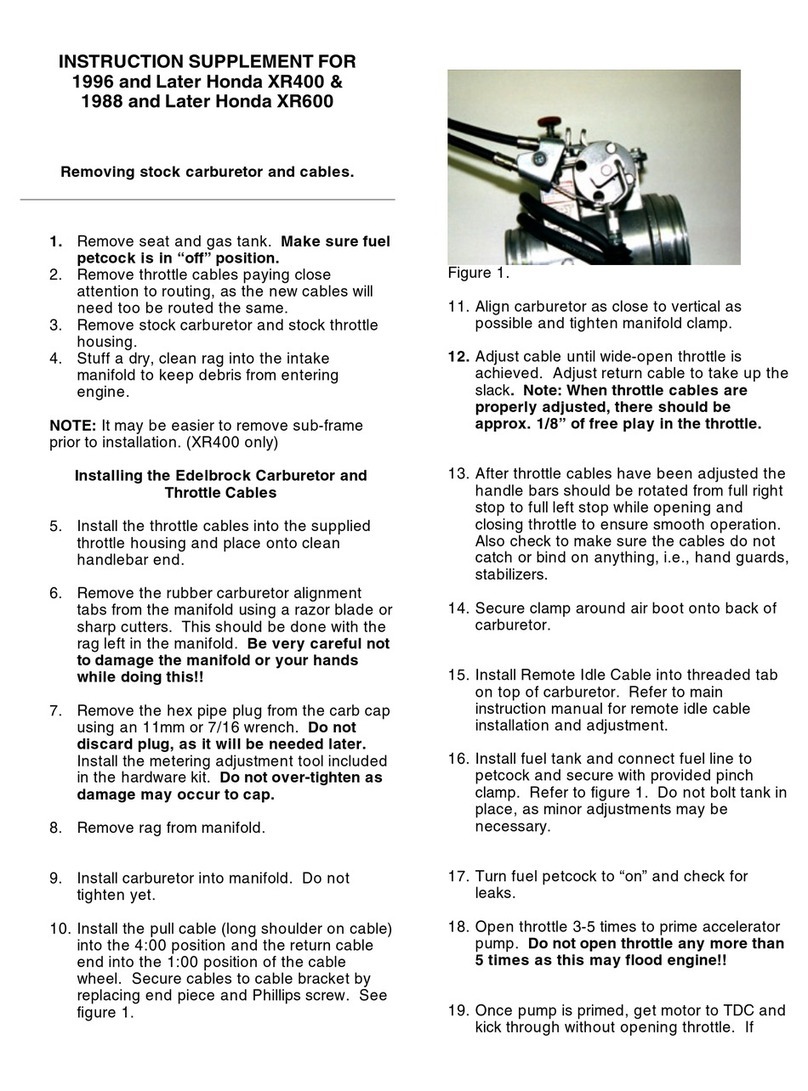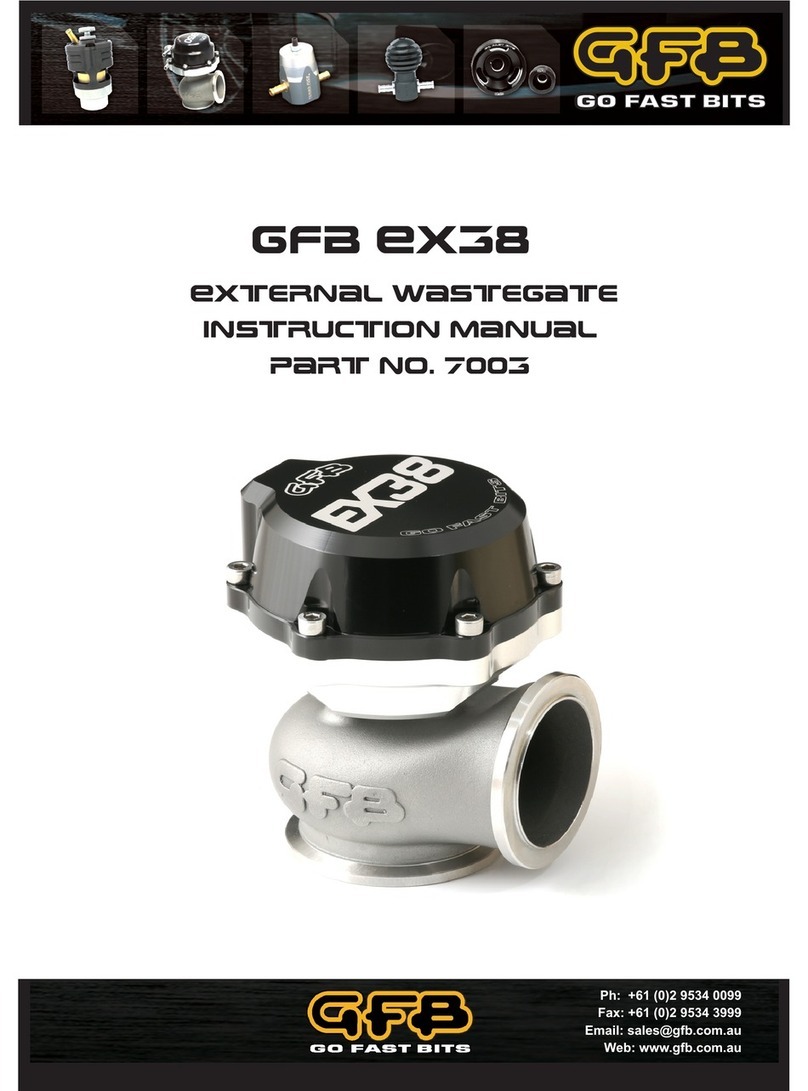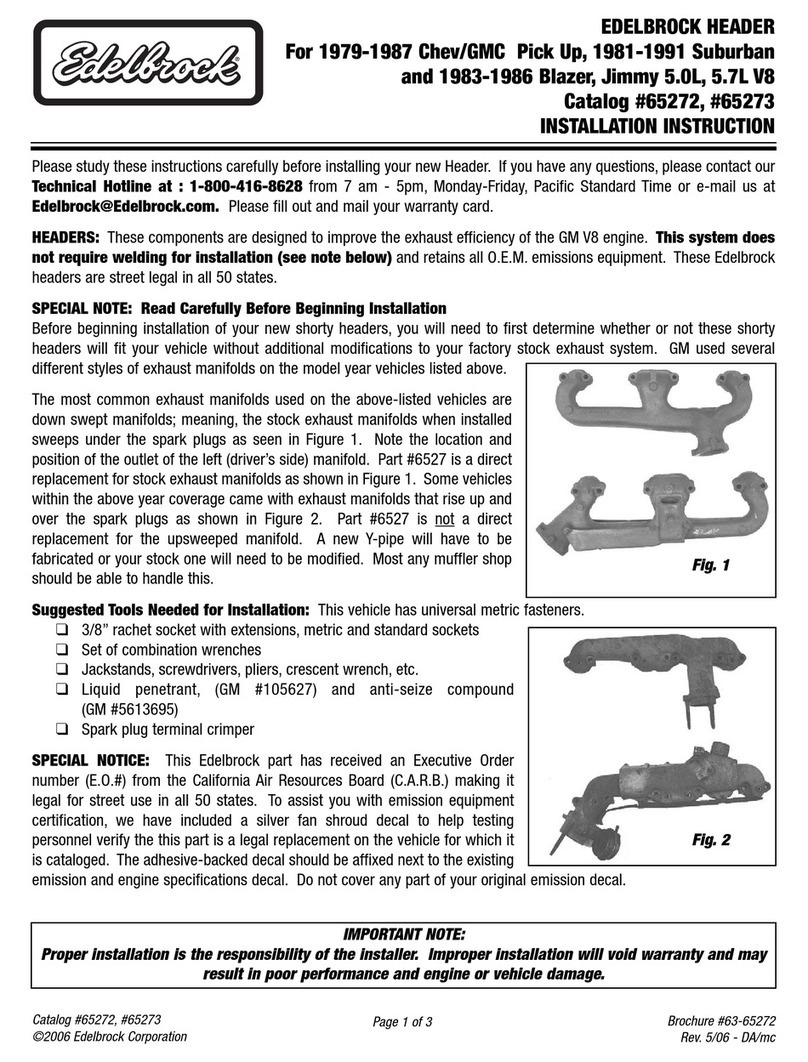
9
FIGURE 10 - TOOLS FOR ASSEMBLY/DISASSEMBLY
PART NUMBER 10 234 (REQUIRED)
PART NUMBER 297 7 (REQUIRED)
PART NUMBER 298077 (OPTIONAL)
PART NUMBER 10 7 2 (OPTIONAL)
SPANNER WRENCH - REQUIRED FOR REMOVAL
AND INSTALLATION OF THE VALVE NUT.
SEATING TOOL - REQUIRED TO FORM TEFLON GLIDE RINGS
AND TO INSTALL SPINDLE ASSEMBLY IN VALVE BODY.
PILOTED SCREWDRIVER - USED TO REMOVE AND
INSTALL THE PRESSURE RELIEF VALVE SEAT.
HOLDING FIXTURE - USED TO HOLD THE PISTON AND
VALVE BODY DURING ASSEMBLY AND DISASSEMBLY.
EXTERIOR BOOTS AND DUST SEALS
Inspect the inte rity of the output and input shaft boot and
dust seal. These components prevent contamination from
enterin the housin around the shaft. If deterioration is
noted, these components should be replaced. The cavities
between the boots and seals should be filled with special
hi h temperature rease.
IMPORTANT! PLEASE READ AND FOLLOW
THESE INSTRUCTIONS TO AVOID
PERSONAL INJURY OR DEATH:
When workin on or around a vehicle, the followin eneral
precautions should be observed at all times.
1. Park the vehicle on a level surface, apply the parkin
brakes, and always block the wheels.
2. Stop the en ine when workin around the vehicle.
3. If the vehicle is equipped with air brakes, make certain
to drain the air pressure from all reservoirs before
be innin ANY work on the vehicle.
4. Followin the vehicle manufacturers recommended
procedures, deactivate the electrical system in a manner
that removes all electrical power from the vehicle.
5. When workin in the en ine compartment the en ine
should be shut off. Where circumstances require that
the en ine be in operation, EXTREME CAUTION should
be used to prevent personal injury resultin from contact
with movin , rotatin , leakin , heated, or electrically
char ed components.
6. Never connect or disconnect a hose or line containin
pressure; it may whip. Never remove a component or
plu unless you are certain all system pressure has
been depleted.
7. Never exceed recommended pressures and always wear
safety lasses.
8. Do not attempt to install, remove, disassemble or
assemble a component until you have read and
thorou hly understand the recommended procedures.
Use only the proper tools and observe all precautions
pertainin to use of those tools.
9. Use only enuine Bendix replacement parts,
components, and kits. Replacement hardware, tubin ,
hose, fittin s, etc. should be of equivalent size, type,
and stren th as ori inal equipment and be desi ned
specifically for such applications and systems.
10. Components with stripped threads or dama ed parts
should be replaced rather than repaired. Repairs requirin
machinin or weldin should not be attempted unless
specifically approved and stated by the vehicle or
component manufacturer.
11. Prior to returnin the vehicle to service, make certain all
components and systems are restored to their proper
operatin condition.
REMOVING THE POWER STEERING GEAR
1. Mark or identify the inlet and return lines at the valve
body ports.
2. Drain the system followin the instructions presented
under Preventive Maintenance. Remove both inlet and
return lines.
3. Disconnect the steerin column at the input shaft
followin the vehicle manufacturers instructions.
4. Disconnect the pitman arm from the vehicles steerin
linka e usin the vehicle manfacturers instructions.
CAUTION: If it is necessary to remove the pitman arm
before the steerin ear is removed from the vehicle,
DO NOT USE HEAT OR POUND ON THE PITMAN
ARM OR OUTPUT SHAFT as dama e can result. Do
not attempt repairs to these components. They must be
replaced if dama ed. Use a lar e ear puller to remove
the pitman arm such as Snap-On puller #CG-283 or
Ford part number T64P-3590-F.
